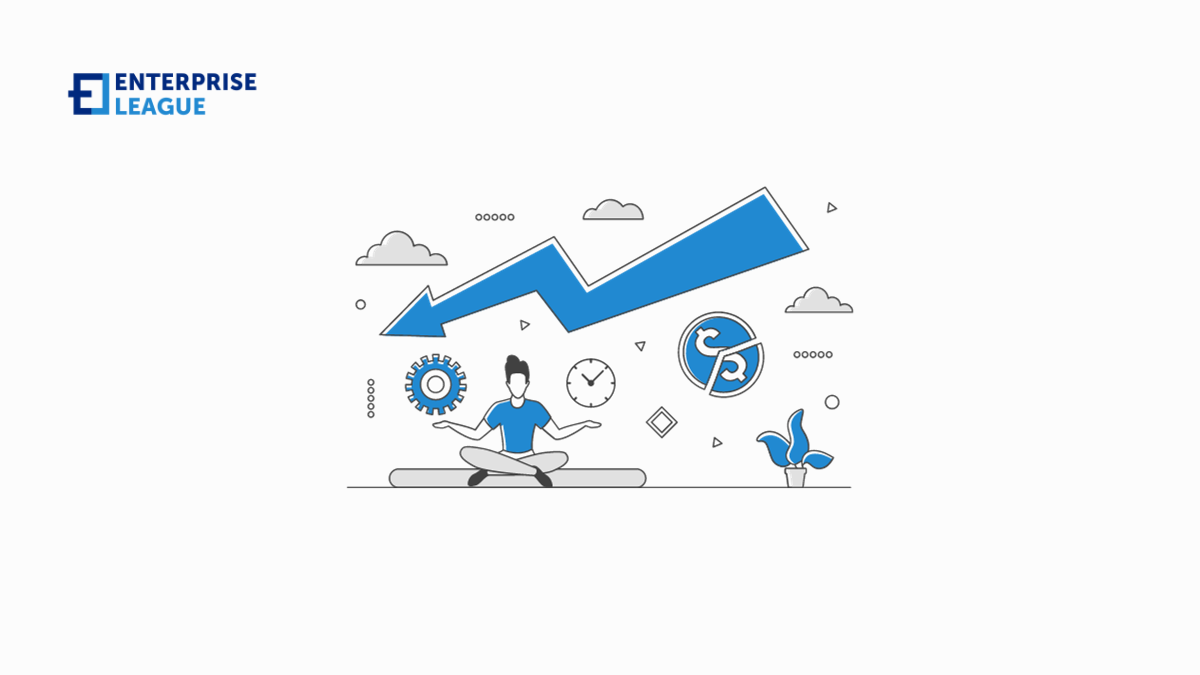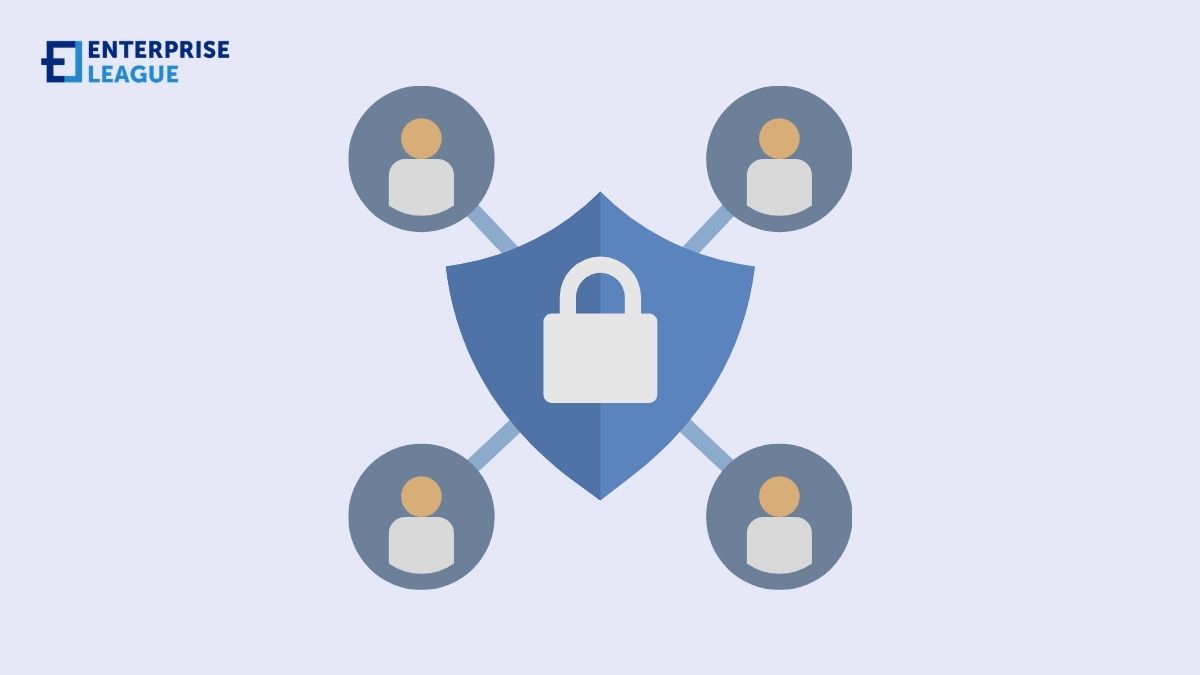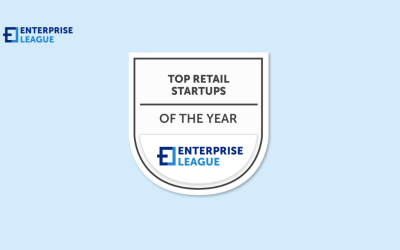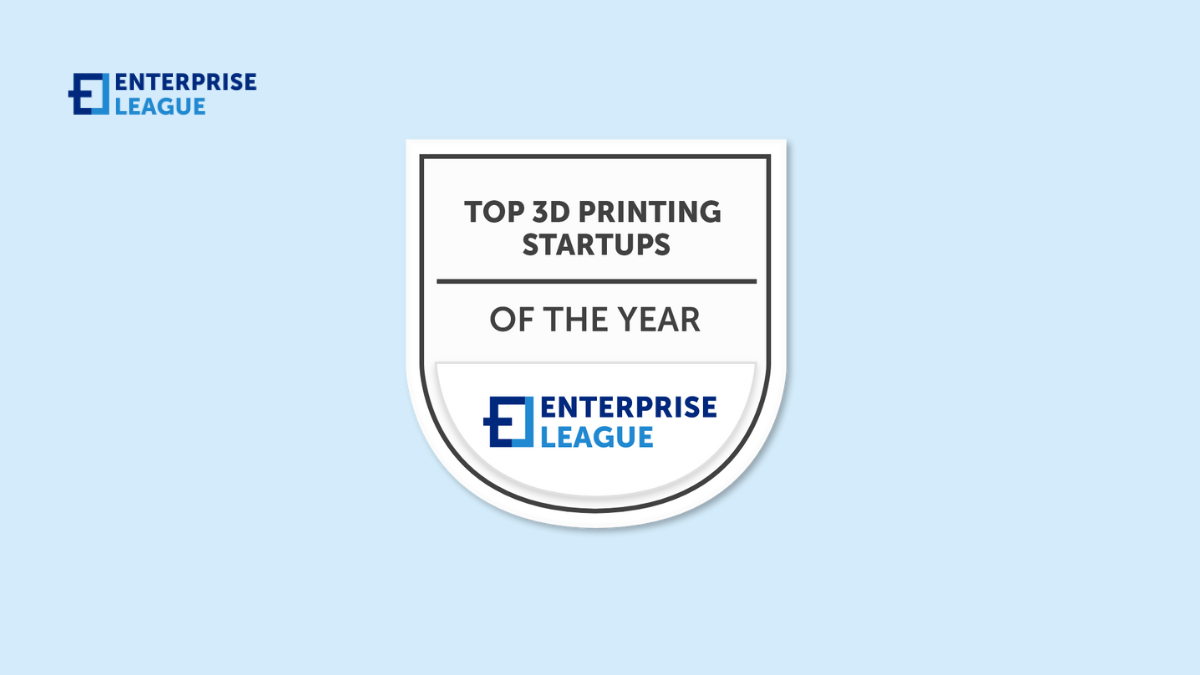Are you frustrated you can’t afford a professional designer for your business? Worry no more, these brand design tips for small businesses will help you put your struggles behind.

How to be a good boss: 12 tips from experts (2024)
Imagine being the boss everyone admires and respects – it’s an aspiration many in leadership roles strive for. Yet, the path to becoming a truly great boss is often shrouded in uncertainty. It’s a common misconception that being at the helm means you’ve got it all figured out. The truth is, even the most seasoned leaders can inadvertently slip into less-than-ideal management practices, especially in the absence of constructive feedback and insightful guidance.
Don’t worry. Even though no one is perfect, everyone can always try to do and be better in the future. But in order to do that, first we must know what better actually is. And although there isn’t a guide on how to be a good boss, there sure are people who figured out pieces of this puzzle.
Jump directly to:
1. Be supportive
2. Have clear vision
3. Listen
4. Be patient
5. Trust your employees
6. Give feedback
7. Be decisive
8. Share the credit
9. Offer mentorship
10. Be empatic
11. Be open for communication
12. Reward your employees
12 steps to being a better boss
Being a better boss tomorrow is often easier said than done, but you have us. We searched the globe and managed to find the best advice on how to be a better boss from people who are indeed bosses themselves.
As experts in this field, they all shared the most important things you must do in the name of being a good boss. And don’t be so sure that you know what they are, keep reading. Most of them will surprise you. That’s a guarantee.
Be supportive
If an employee excels in a particular field, the talent should be recognized and grown. The ability to harness the strengths of others to accomplish a shared purpose is one of the most important qualities of a successful boss.
It’s important to take care of each employee’s strengths and weaknesses and guide them individually. Rather than targeting skill gaps, focus on filling them by guiding employees through their flaws and increasing their confidence in new areas.
Pranchil Murray, Head of Customer Success at Malwarefox
Have a clear vision
A good boss is someone who guides a group of people in the same direction, whether that direction is towards getting more customers or increasing sales volume. If you want to know how to be a better boss, first you must understand the big picture of the organization, including its vision, purpose, and strategic objectives, before determining how your unit, department, or team fits into the overall company vision.
Jason McMahon, Digital Strategist at Bambrick
Listen
YY Lee, Director of Zoewebs
Employees want to put more effort in with bosses who are passionate about all aspects of the business, including employees.
Elliot Kim, Co-Founder and Finance and Operations Head at Brevitē
Be patient
In the times when I know I’ve done this, I later realized it wasn’t a problem with the team member, but rather it was a lack of communication or expectation setting on my end. I’ve learned over the years that having patience invokes my team members’ trust and confidence in me as the boss, and allows them the space to perform better.
Greg Berry, Founder and CEO of Municibid
Trust your employees
If an employee feels like they are walking on eggshells to earn trust before they can really blossom then everyone loses. The caveat however is that if an employee breaks your trust as a boss, there are few ways for that employee to redeem themselves from my perspective and they likely are not a long-term fit.
Jaclyn Strauss, CPA/Founder at My Macro Memoir
The ability to trust their employees is one of the traits of a great boss. Trusting the employees will not only empower them but also will give them a sense of value, which in turn will make them more productive and sincere with their job.
Being able to trust their employees also means that they do not micro-manage, which is a hassle not only to themselves but also to the employees as well.
Seb Hall, Founder & CEO of Cloud Employee
Give feedback
Continuous feedback on employees’ performance in satisfying expectations is the answer to how to be a good boss. Assist them in recognizing when they are performing well and communicating when they are not meeting the criteria.
This may be accomplished by routine coaching of personnel. Mention something they are doing well. If you notice something that needs to be changed, make a note of it as soon as possible. Oftentimes, employees are unaware that they are not meeting the criteria.
Coaching and developing them is the manager’s role. The boss is responsible for informing them when they violate customer service standards. For instance, if management overhears staff being nasty to a client over the phone, they should call attention to it and teach them how to communicate more effectively with consumers. If this does not occur, the customer experience may be negatively impacted, and the employee may be unaware that their behavior is wrong.
Mike Chappell, Founder of Formspal
Be decisive
A boss needs to play a constructive and direct role. I believe in a stress-free and healthy working atmosphere, which can be achieved by providing proper and clear job instructions to the employees.
I need to ensure that my employees understand exactly what they are expected to do so that they are not frustrated and overwhelmed by any sort of ambiguity. This results in you being a better boss by increasing worker motivation and morale, which boosts business efficiency.
Setting clear expectations encourages employees to do their best and be on the same page as me, reducing miscommunication. Finally, when there are set goals and workplace orders, employees experience a sense of pride when they meet the deadlines or complete the assigned tasks.
Jeff Johnson, Owner/Acquisition Manager at Simple Homebuyers
Share the credit
Being a good boss means always supporting and appreciating the input of staff and crew members. It uplifts the characters of the team when a boss openly points out the great work and unique contributions that the team has done in creating a particular project a success. It also encourages collaboration and confidence among the team.
Sharing credit among others does not cost the boss anything though it has a great return on investment. When righteous behavior and achievements are honored, recognized and acknowledged, it is possible to be repeated.
Daniel Carter, SEO manager at Property Investments
Offer mentorship
To be a good boss, create a culture of mentorship in your company because it will encourage your employees to grow with the business. One of the best traits of a successful leader is passing down the knowledge they’ve accumulated. You can start doing that with something as easy as recommending business movies or even entrepreneurial podcasts just as a way to show them that you notice them and have a desire to grow their talent within the company.
Having said that, the secret to being a better boss entails further involvement by creating and providing opportunities for personal and professional development within the organization. Create an internal hub where seasoned workers have the opportunity to volunteer by mentoring new hires. Also, develop criteria to become a mentor to incentivize others to work towards it. Accountability is also key for creating a culture of mentorship, as it helps ensure your business’s leaders stay on top of their tasks, progress, and inspire others to strive for advancement.
Nathan Liao, Founder of CMA Exam Academy
Be empathic
Before I hire employees, I make sure that I can rely on them in the future but I don’t forget that they are people too and they are at different stages of their life. Some are just learning and need a helping hand; others are going through monumental periods in their life outside of work, and some have many years of experience.
Being empathetic means you can relate to these employees and understand their perspectives. When something happens or I need to react to something, I take a minute to try and understand where they are coming from and what their situation is. I believe that a good boss should be empathetic and can help build trust, bring the best out of everyone, and build long-lasting relationships that make a difference.
Lindsey Allard, CEO and Co-Founder of PlaybookUX
Be open for communication
How to be a good boss? Simple. Have an open-door system and be ready for juniors when they need you. Convenience is critical; it grants you an advantage because employees seem comfortable reaching out and communicating to you primarily before a problem occurs. Even if you are managing a remote team, make sure your online communication is flawless and you are easy to get to.
That way you don’t end up being a boss who is working around helter-skelter wildly setting out fires because employees were hesitant to approach you in the first place before the fire was inaugurated.
A friendly boss is committed more by juniors and develops a culture of high confidence and more comprehensive employee engagement in their work. That waythe employer reduces the stress in the workplace and employees are more comfortable sharing with the boss their ideas, feedback, suggestions, clarifications, and opinions that could be relevant for the success of the company.
Chris Nutbeen, Founder & CEO of Nuttifox
Reward your employees
Offer training opportunities to motivate employees to advance their skills. Incorporate weekly check-ins between managers and employees. Send out monthly surveys to gather anonymous feedback from staff on company culture, work-life balance, and overall attitude towards work. Listen and make positive changes based on the feedback received, so you won’t end up with toxic company culture or/and unhappy employees.
Kelli Lane, Chief Marketing Officer at Genexa
Conclusion
More must-read stories from Enterprise League:
- 26 inspiring support small business quotes.
- Find out how to fire a client without ruining your reputation.
- Damaging effects of micromanagement that business owners should know.
- Business movies every entrepreneur should watch.
- What it takes to start a wholesale business and succeeding at it
Related Articles
8 brand design tips for small businesses (2024)
TikTok marketing for small businesses: Best use case (2024)
Using TikTok marketing for small business has become a trend for a reason, but without these tips, it can be just a waste of time. Read these tips and level up your game today.
How to be a good boss: 12 tips from experts (2024)
Learn how to be a good boss according to experts. Greatly improve your leadership skills by knowing everything there is to know about what it takes to be a good boss.
6 supply chain challenges and how to solve them
When your business works with physical products it won’t be long until certain supply chain challenges arise. Knowing how to deal with these supply chain issues is crucial.
8 brand design tips for small businesses (2024)
Are you frustrated you can’t afford a professional designer for your business? Worry no more, these brand design tips for small businesses will help you put your struggles behind.
















